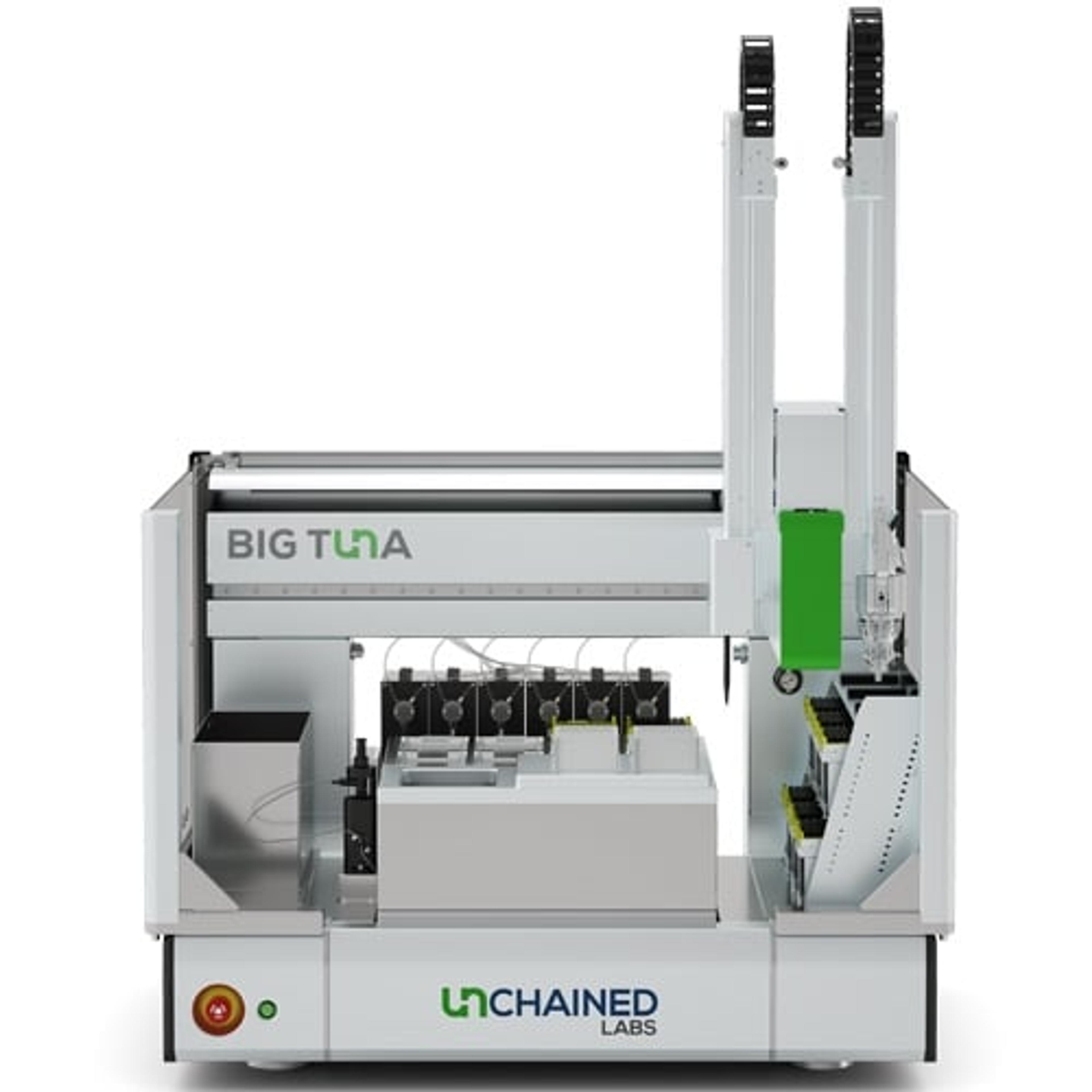Is protein sample preparation taking too much time in your lab?
Join this new webinar to learn how Big Tuna, a fully automated buffer exchange platform, can simplify and accelerate your research
31 Mar 2020
Conventional buffer exchange methods can take a long time to complete, be labor-intensive and difficult to manage in large numbers. In this upcoming SelectScience webinar, Donna Chen from Unchained Labs will discuss how Big Tuna, a fully automated buffer exchange platform, is designed to address these challenges.
Chen will explore three applications that would benefit from using Big Tuna:
- Concentrating dilute proteins after purification
- Biologics formulation development
- Protein cleanup after labeling
Watch this webinar to learn about:
- How automating buffer exchange can increase sample throughput, improve sample quality, and increase your time away from the centrifuge
- How automated buffer exchange can be used on different sample preparation workflows
Who should attend:
- Protein purification scientists who are looking to speed up protein concentration steps
- Formulation scientists who are looking to efficiently screen and select formulation buffers for development
- Scientists who want to find a method to reduce the time needed to clean up samples after labeling
The live webinar takes place on Tuesday, April 14, 2020, at:
16:00 BST
11:00 EDT
08:00 PDT
17:00 CEST
Scheduling conflict? No matter, register to receive an on-demand link to watch later>>

